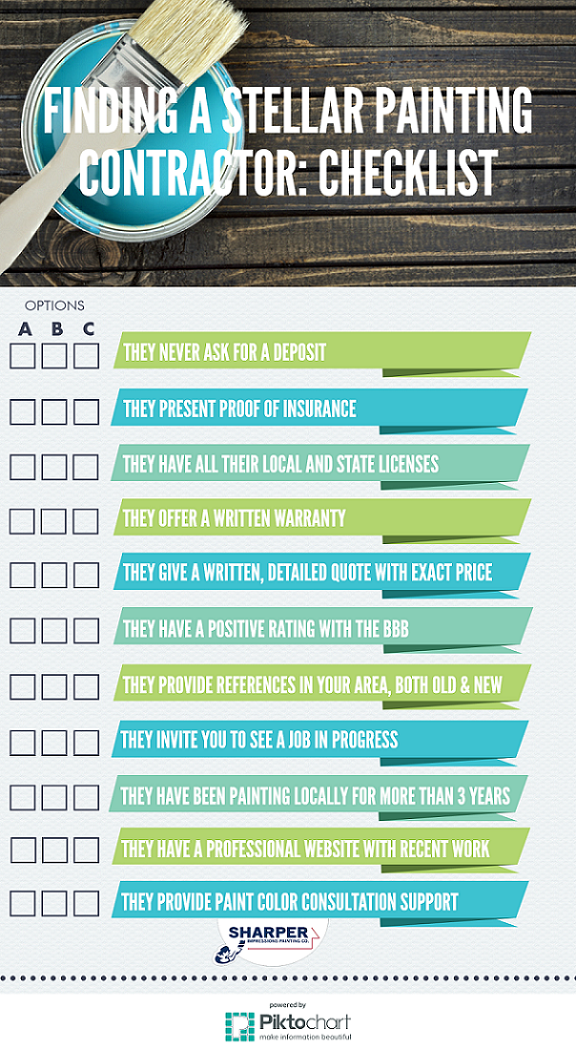Check Out The Duty Of Seasonal Factors In The Success Of Industrial Exterior Paint And Discover The Very Best Times To Safeguard Lasting Outcomes For Your Job
Check Out The Duty Of Seasonal Factors In The Success Of Industrial Exterior Paint And Discover The Very Best Times To Safeguard Lasting Outcomes For Your Job
Blog Article
Post Writer-Korsholm Chaney
When you're preparing a business outside paint job, seasonal factors can make or damage your results. You'll intend to take into consideration just how temperature level and moisture impact paint application and drying out times. Choosing the best period can guarantee your paint sticks properly and lasts much longer. However which periods are truly the best for this sort of job? Let's discover Suggested Webpage that can impact your task's success.
The Influence of Temperature on Paint Application
When you're preparing a business outside painting task, the temperature level can substantially affect just how well the paint sticks and dries out.
Preferably, you intend to repaint when temperature levels vary in between 50 ° F and 85 ° F. If it's also cold, the paint might not cure properly, leading to problems like peeling off or fracturing.
On the other hand, if it's as well hot, the paint can dry out also swiftly, preventing correct attachment and resulting in an uneven coating.
You should additionally take into consideration the moment of day; morning or late afternoon provides cooler temperatures, which can be more desirable.
Constantly check the maker's suggestions for the specific paint you're making use of, as they commonly give advice on the perfect temperature level array for optimum outcomes.
Moisture and Its Effect on Drying Times
Temperature isn't the only ecological factor that affects your commercial outside painting project; moisture plays a significant duty also. High humidity levels can reduce drying times dramatically, affecting the total quality of your paint task.
When the air is saturated with moisture, the paint takes longer to heal, which can cause concerns like inadequate attachment and a greater risk of mold growth. If you're repainting on a specifically damp day, be planned for extended delay times in between layers.
It's vital to keep an eye on regional climate condition and strategy accordingly. Preferably, aim for humidity degrees between 40% and 70% for optimal drying.
Maintaining these consider mind guarantees your project stays on track and provides an enduring coating.
Best Seasons for Commercial Exterior Paint Projects
What's the very best season for your industrial external paint jobs?
Spring and early loss are typically your best options. During these periods, temperature levels are mild, and humidity degrees are often reduced, developing excellent conditions for paint application and drying.
Stay clear of summertime's intense heat, which can cause paint to dry too swiftly, causing bad attachment and coating. In Read the Full Guide , winter season's cool temperatures can prevent correct drying out and curing, risking the longevity of your paint job.
Aim for days with temperatures between 50 ° F and 85 ° F for optimal outcomes. Keep in mind to examine the local weather prediction for rainfall, as damp conditions can ruin your task.
Planning around these variables ensures your paint task runs efficiently and lasts longer.
Final thought
Finally, preparing your business external painting projects around seasonal factors to consider can make a substantial distinction in the outcome. By scheduling job throughout the suitable temperature levels and humidity levels, you'll make sure much better bond and drying out times. Remember to watch on local weather prediction and choose the right time of year-- springtime and very early loss are your best options. Taking these actions will certainly help you achieve a sturdy and specialist surface that lasts.
